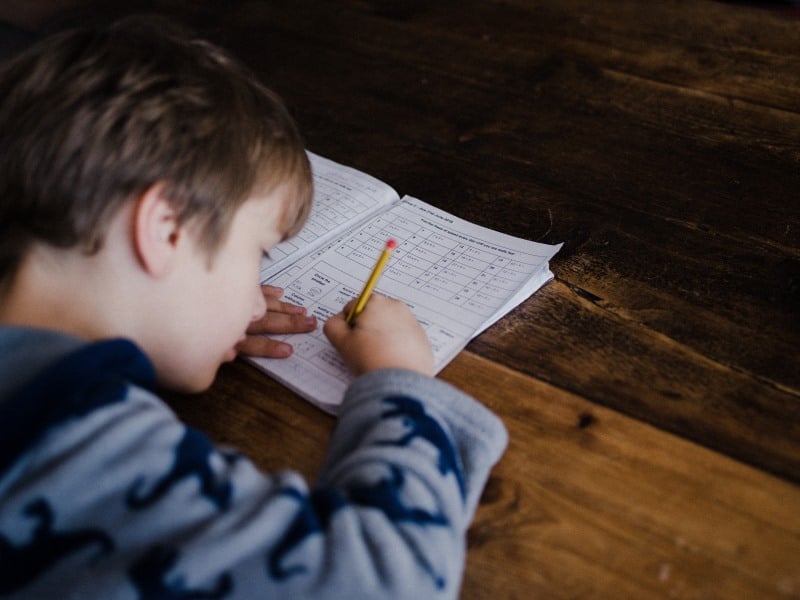Did you know babies are born with a drive towards learning mathematical skills? They naturally categorize, notice numerical differences, play with patterns, and attempt to put things in order. This is why sorting toys are popular for young toddlers, they naturally love them and these types of toys can keep them busy for a relatively long period of time. What you may not realize is that children continue to have this innate drive to explore mathematical concepts. But what they do not have is a love of worksheets, which reduce math to the mere memorization of facts and procedures.
 Math is Not Just a Set of Procedures and Facts
Math is Not Just a Set of Procedures and Facts
Research shows that children who are memorizers of math are consistently behind their peers who understand the underlying concepts of numbers. In fact, if your child only memorizes numbers and procedures, without understanding the concepts behind those numbers, math will not be useful to them in their everyday life. Perhaps this is one reason why our culture so often labels math as 'stuff you will only use in school'. Because without the deeper understanding of numeracy we fail to see how math could be used. To use math in our daily lives we need to understand how to think.
Thinking is Acquired Through Play
Small children learn to think with sorting toys and puzzles and they are naturally attracted to such toys. Older children need the same things but we often crowd out the time for puzzles, games, and toys, by adding on more worksheets and workbooks. Why not try adding things that will help them think and interact with mathematical concepts instead of just performing the same procedures over and over again? Playing with math is a key to understanding which children will often not receive inside the school system, so it is up to you to add that level of richness to your child's life. For older students, puzzle games as simple as a Rubik Cube helps them engage with and understand math on a deeper level.
Give Your Child the Toys and Tools to Play with Math
Helping your kids play with numeracy can be as simple as filling a glass jar with a small object and inviting everyone in the family to guess how many are in the jar. They will want to know the answer right away, but you will inform them you have no idea and they will have to count. This is an open-ended activity which encourages them to think about the best way to count a large number of small objects. Focus on games, puzzles, and activities that have more than one solution, and let your children explore.
Take a Step Back
While they are exploring these open-ended activities it is important not to get in their way. They need time and space to try different strategies. They need permission to fail. They need the time to play with the idea long enough that they start to realize one solution may be more efficient than another. They may find out a particular strategy is great, but only for a very specific type of problem. If you jump in and show them the most efficient way, you have not allowed them to get through the thinking process themselves. Even when they ask for help you should give as little as possible. Instead of saying, "Do it this way." Try phrases like, "What if you started like this?" or "The first thing I would do is.." and then leave them to add that one little bit of information you provided and watch how they use it.
You may be surprised when you take the time to watch them solve these problems without getting in their way. They will have fun, you will learn a lot about how they think, and both of you may realize just how much more there is to the world of numbers than worksheets and workbooks.





